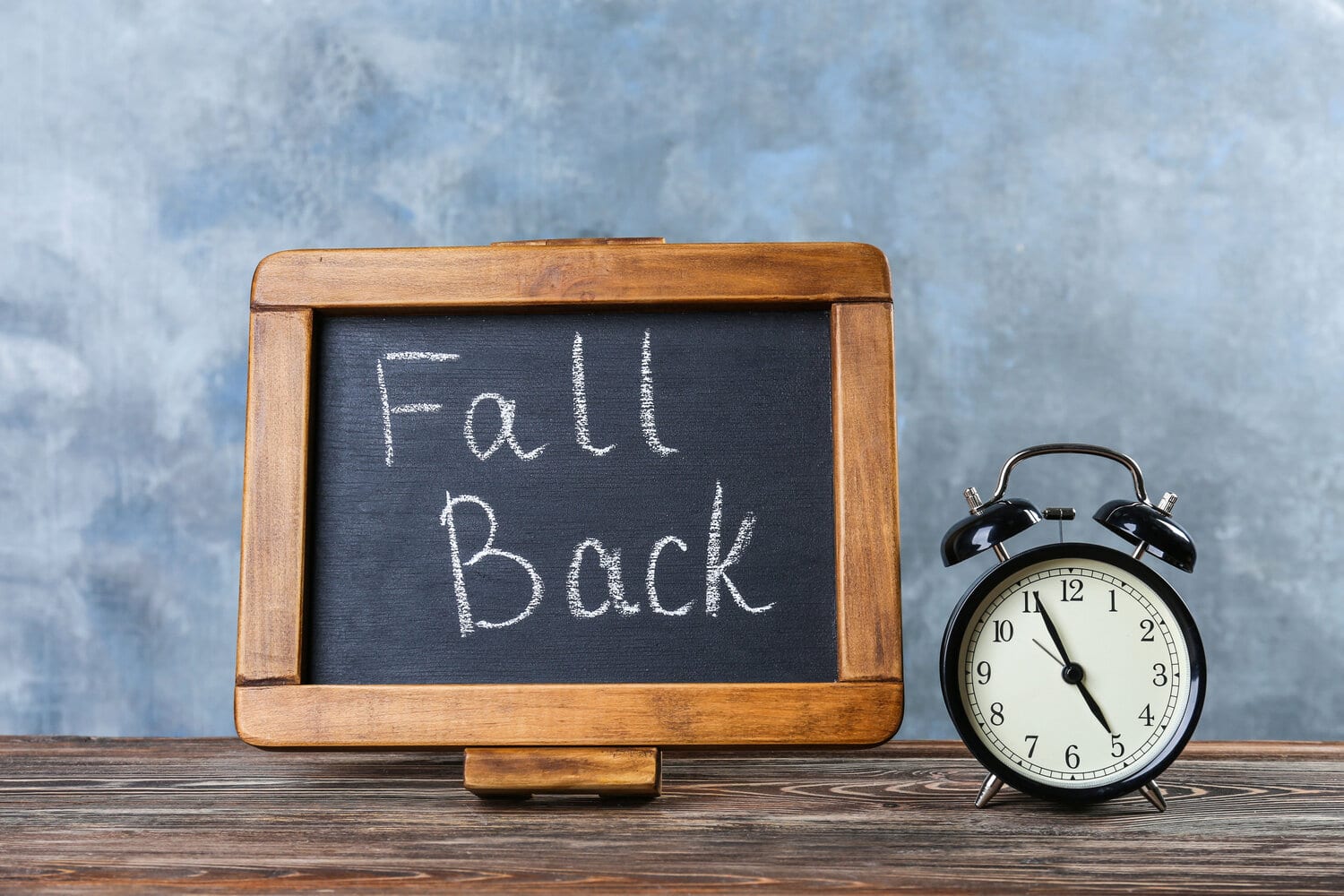- Your cart is empty
- Continue Shopping
Is Daylight Saving Time Going Away?

Daylight saving time (also known as DST or Daylight Time) is the practice of turning our clocks forward one hour from standard time (spring forward) during the summer months and back in the fall (fall back) to make better use of natural daylight. There are, of course, those who love DST and those who despise it. We’ll get into the pros and cons below. But a fun fact that a lot of people miss: the Associated Press indicates that the term is spelled “daylight saving” not “daylight savings” time. No plural, no hyphen.
How did daylight saving time start?
Daylight saving time is recognized in more than 70 countries, and the history is pretty fascinating. It officially started in Germany in May 1916 as a method of saving fuel during the first World War. The rest of Europe adopted it quickly after that, and the United States started observing daylight saving time in 1918.
However, DST wasn’t beloved by farmers, who lost an hour of morning light, and it was abolished at the end of the war. But in 1942, at the dawn of the second World War, President Franklin Roosevelt re-established year-round daylight saving time, calling it “War Time.”
In 1966, to standardize time across the country, Congress enacted the Uniform Time Act., which meant that any state observing DST had to follow a state-wide protocol: DST began on the first Sunday of April and ended on the last Sunday of October. In 2007, the Energy Policy Act of 2005 expanded the length of daylight saving time to March through November.
Currently, all states other than Hawaii and Arizona (except for the Navajo Nation) observe DST. And interestingly, federal law allows a state to opt out of daylight saving time, but does not allow the permanent observance of DST.
Does daylight saving time affect my sleep?
The loss of an hour of sleep in the spring and the addition of an hour in the fall does seem to impact our health. Studies have linked the start of daylight saving time (March) to car accidents, workplace injuries, and depression.
Another often cited study shows that the risk of heart attack is increased when DST begins, and conversely, the end of DST has been linked to fewer heart attacks.
We often talk about the important impact of good sleep on your overall health, and you can see that in the data above. If you’re dealing with sleep loss beyond daylight saving time, we can help you out. Come by — or request an appointment! — and talk to one of our sleep experts. We’ll help you get your best sleep yet.
What are the pros and cons of daylight saving time?
The United States Department of Transportation oversees U.S. time zones and says that daylight saving time saves energy, prevents traffic injuries, and reduces crime. Proponents of year-round DST say that extra daylight also improves physical fitness (reducing childhood obesity and benefitting the agricultural economy) and boosts the tourism economy.
Most of the problems with daylight saving stem from the fact that the time changes twice a year and the repercussions that can have on people’s schedules and even health, as discussed above.
A counterpoint to year-round daylight saving time is that the sun would rise later (by the clock) in the winter. While studies have found that DST contributes to improved road safety by reducing pedestrian fatalities during dawn and dusk hours, if we didn’t “fall back” in November, the dawn hours would be much darker.
Is daylight saving time going away?
In the last three years, thirteen states have enacted legislation to provide for year-round daylight saving time. But first, Congress would have to allow that change. Six states — Georgia, Idaho, Louisiana, South Carolina, Utah and Wyoming — have enacted legislation that would establish DST as the official time year-round, subject to a change in federal law and in some cases dependent upon neighboring states enacting the same legislation.
So, it seems that daylight saving time is not necessarily going away, but there are certainly states where the push to end the time change is gaining some traction.





